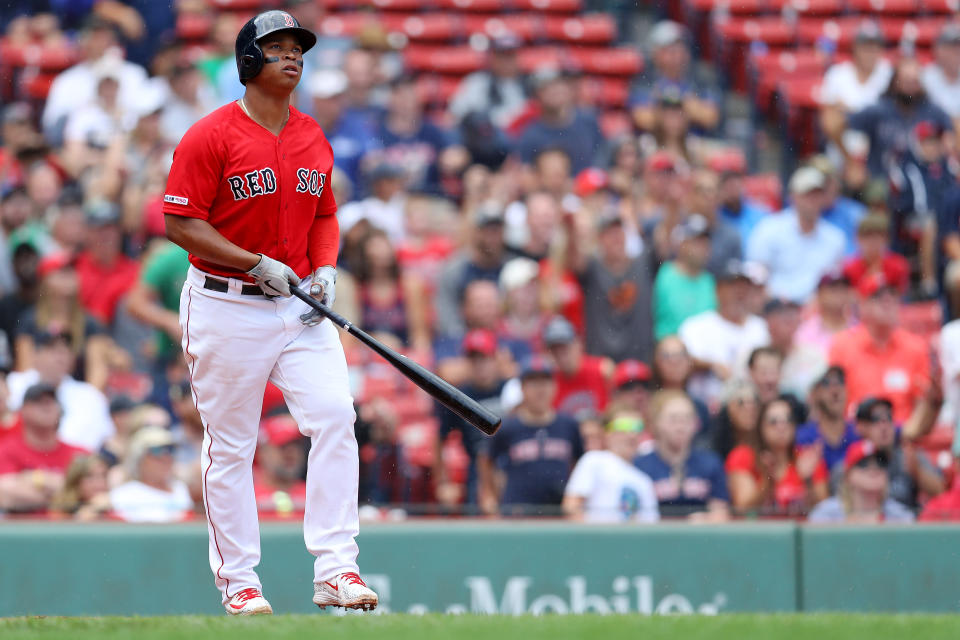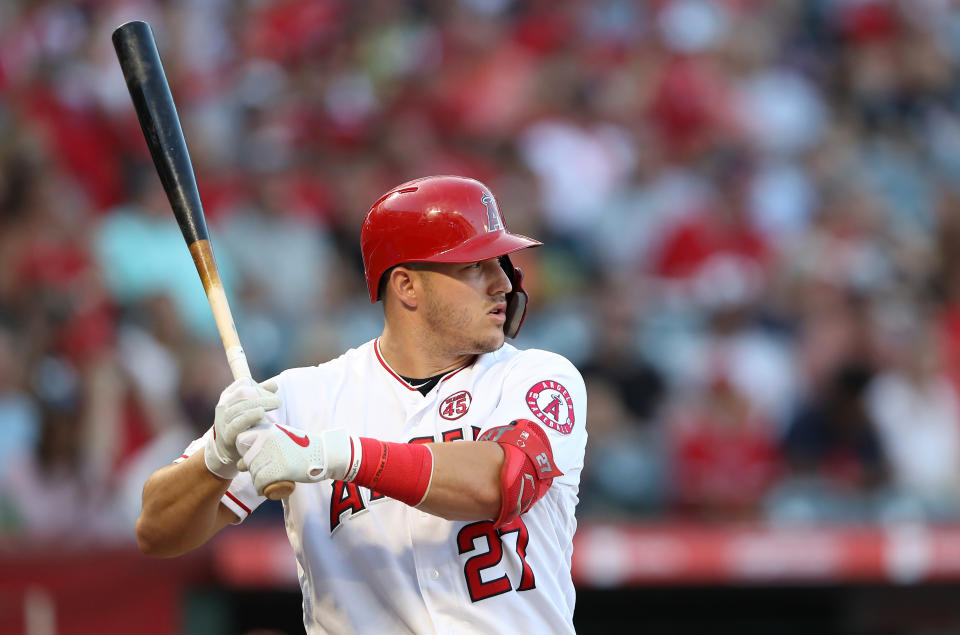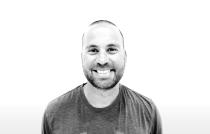How lucky have fantasy's biggest studs been this season?

They say it’s better to be lucky than good, but can a fantasy baseball player be good without being lucky? With the season just two weeks from its final day, I decided to find out which of this year’s studs have been the luckiest. Here is an advanced-stats look at 2019’s most valuable hitters. I’ll have a pitching version next week.
Christian Yelich, OF (Brewers)
At first glance, Yelich has been a little lucky on fly balls (32.8 percent HR/FB rate). But his 50.5 percent hard-contact rate is an absurd mark, and his HR/FB rate was actually slightly higher in his breakout 2018 season. The superstar’s .355 BABIP is nearly identical to his career mark of .358, which means that his lofty .329 batting average is sustainable. Although his knee injury is a concern, there is no statistical reason to expect Yelich to take a major step back next year.
Ronald Acuna Jr., OF (Braves)
Like Yelich, Acuna has already established himself as a high-BABIP player. The youngster hits plenty of line drives (23.8 percent), makes more than his share of hard contact (45.3 percent) and has superior speed. His .334 BABIP is sustainable, and it could actually grow next season towards his .352 rookie-year mark. Acuna has enjoyed a 24.2 percent HR/FB rate and next year should be able to sustain something in the low-20’s, which means that another 35-plus homers are on the horizon.
Cody Bellinger, 1B/OF (Dodgers)
On the surface, Bellinger deserved slightly better luck on base knocks this season. After all, his 2019 BABIP (.303) is similar to his career mark despite having made dramatic increases to his line drive rate (26.5 percent) and hard-contact rate (48.7 percent). But a closer look shows that he pulls the ball too often (48.9 percent) to spread out the defense and enjoy more room for his batted balls. To repeat carry his .306 average next year, Bellinger will need to maintain his massive improvement in whiffs (16.2 percent strikeout rate). In terms of power, his 24.9 percent HR/FB rate is a reasonable mark for someone with his batted-ball profile and home park.
Anthony Rendon, 3B (Nationals)
Rendon will top his career-high in homers by roughly 10 this year, which can be traced back to his improved 45.6 percent hard-contact rate. The pending free agent’s 16.8 percent HR/FB rate actually seems like a low mark, but his career norm is 11.5 percent and his rate is unlikely to grow any higher without joining a team who plays in a band box. In terms of batting average, Rendon has hit over .300 in three straight seasons since drastically cutting his whiff rate in 2017. But his BABIP could trend slightly downward next year, making a safe prediction one in the .310-.320 range.
Mike Trout, OF (Angels)
Trout has been both stellar and unlucky this year (and this was written before it was announced he was having season-ending foot surgery). His .298 BABIP is a whopping 50 points below his career mark of .348, despite having logged a career-best 26.6 percent line drive rate and a solid 43.8 percent hard-contact rate. And his lofty homer total (45) comes with a 25.9 percent HR/FB rate that is within a normal range for his batted-ball tendencies. Owners in 2020 roto drafts may prefer Yelich or Acuna for their stolen base totals, but there remains no man who is showing superior plate skills to the Millville Meteor.

Freddie Freeman, 1B (Braves)
Like many players in 2019, Freeman is experiencing a career year on the strength of an elevated hard-contact rate (hello, juiced baseball). Still, his 24.5 percent HR/FB rate is nearly 10 percent higher than his career mark, and it is likely due for a small amount of regression next year. But the good news is that his .299 average has been achieved in spite of a .321 BABIP that is well-below his career mark and cannot be traced back to any batted-ball trends. Freeman is a better bet to hit .300 than to produce 35 long balls next year.
Rafael Devers, 3B (Red Sox)
Devers has mainly sparked his breakout season by dropping his strikeout rate by roughly eight percent. He has also been a bit lucky, as his .339 BABIP is a high mark for someone who doesn’t produce elite rates of line drives (21.7 percent) or hard contact (37.7 percent). However, his 17.7 percent HR/FB rate seems sustainable. Looking forward, I would take the over on 30 homers but the under on a .300 average for Devers in 2020.
Ketel Marte, 2B/SS/OF (D-backs)
Marte has made improvements in hard-contact rate, line drive rate and fly ball rate, but the sum total of his changes do not totally explain his breakout campaign. The multi-position asset definitely deserves to be better this year than ever before, but his 19.8 percent HR/FB rate is roughly double the career mark he brought into 2019. Additionally, Marte is slightly over his skis with a .338 BABIP. Owners would be wise to set 2020 expectations for a .300 average and 25 long balls.
Nolan Arenado, 3B (Rockies)
The metronome for Major League power production, Arenado has continued to do his thing this year. The Colorado slugger has posted a HR/FB rate and BABIP that are nearly identical to his career marks, which means that owners should expect little change in his production next season. The 28-year-old is too slow to ever finish as the No. 1 fantasy hitter, but he remains the safest first-round option.
Alex Bregman, 3B/SS (Astros)
Bregman is producing oodles of hard contact (44.0 percent), plenty of fly balls (45.6 percent) and his share of line drives (22.2 percent). His 36 homers are well-earned, and his 17.7 HR/FB rate is a sustainable mark. In terms of batting average, Bregman could hit .300 next year if his .284 BABIP jumps a few points. The infielder has never been a high-BABIP player and doesn’t go the other way too often, but he has the plate skills to enjoy some seasons with a BABIP in the range of .320.


